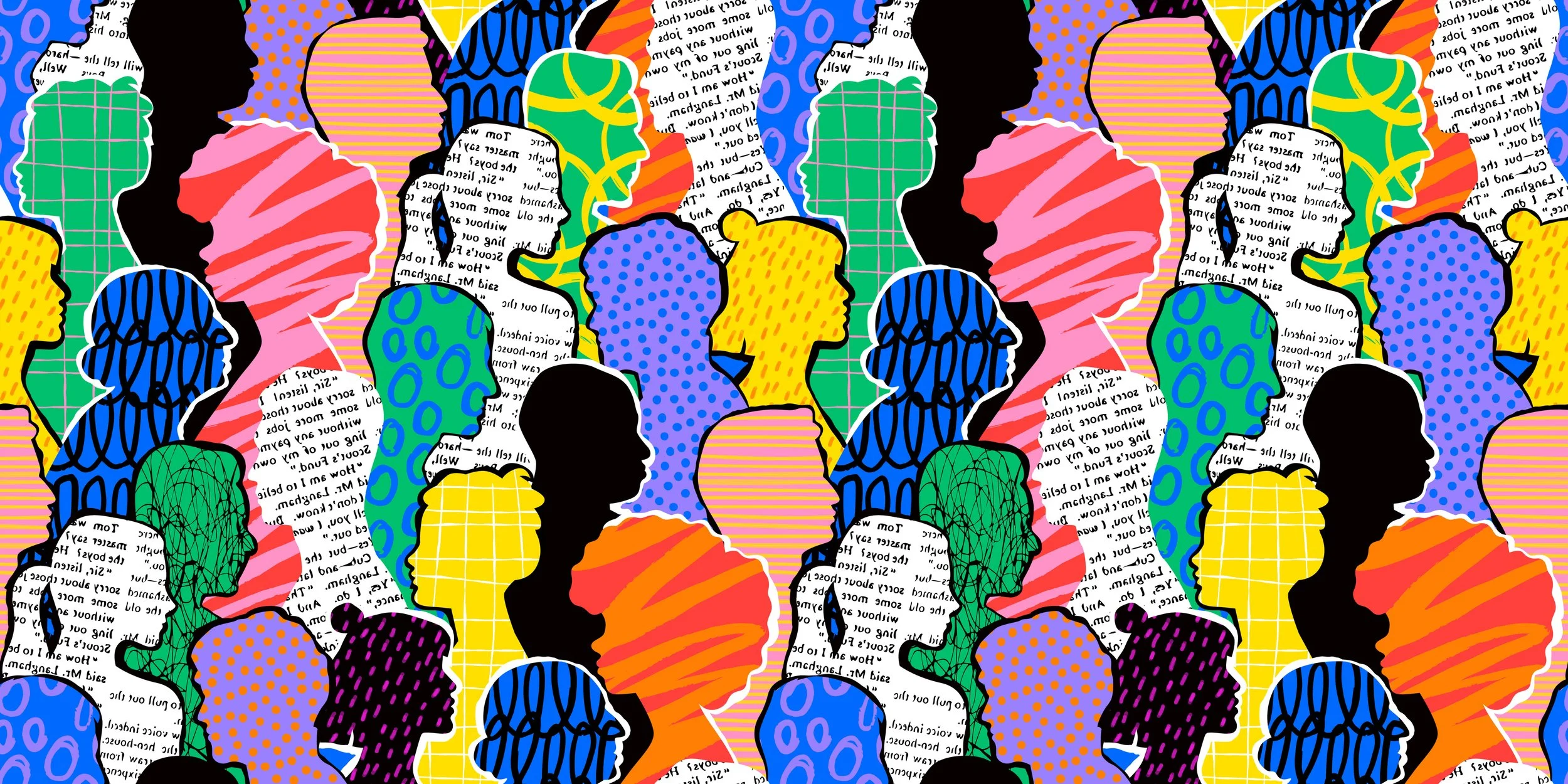Research
The overarching goal that drives my research is ensuring that design outputs truly serve the needs of diverse users. Design education must change in order to prepare the next generation of designers to take on this challenge. I define design education as a broad space that encompasses engineering design and design disciplines in the applied arts. In my research, I look at the broader question of Who gets to be a ‘designer’? One place this question led me was to spatial skills. My spatial skills research takes a critical approach and applies theory from feminist Science and Technology Studies (STS) to investigate the history and validity of spatial tests. I am also interested in design visualization, as this is where “spatial thinking” is seen as being applied. As we educate the next generation of designers, how should we best train them to visualize and communicate their ideas? Finally, my experience as a design practitioner is in the healthcare space, and I have a ongoing projects in healthcare design.
-

Who gets to be a "designer"?
I study student experiences, disciplinary cultures, and interdisciplinary interactions that contribute to who gets to be a "designer."
-

Critical Spatial Skills Research
Spatial skills are considered critical for design, but the way we define and assess spatial skills is outdated and inherently biased. My research explores the problems with popular spatial skills assessment tools.
-

Design Visualization
How can designers better visualize their ideas using new technologies like VR and AI?
-

Design for Healthcare
Ongoing projects developing interactive technologies for healthcare.